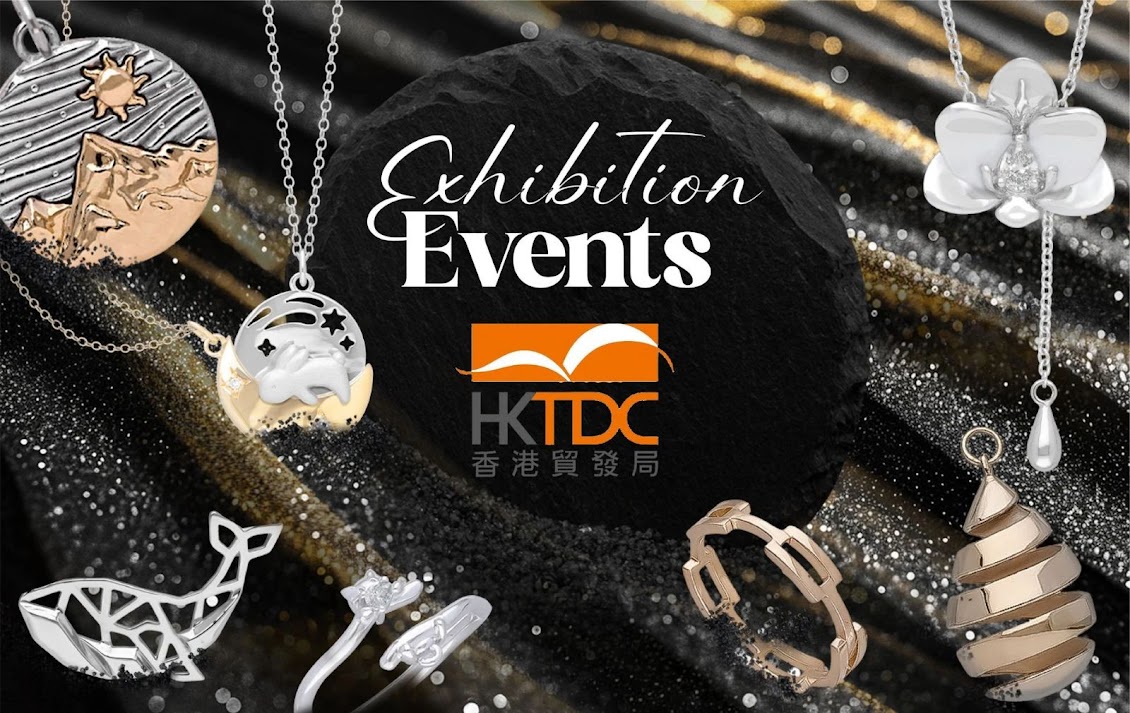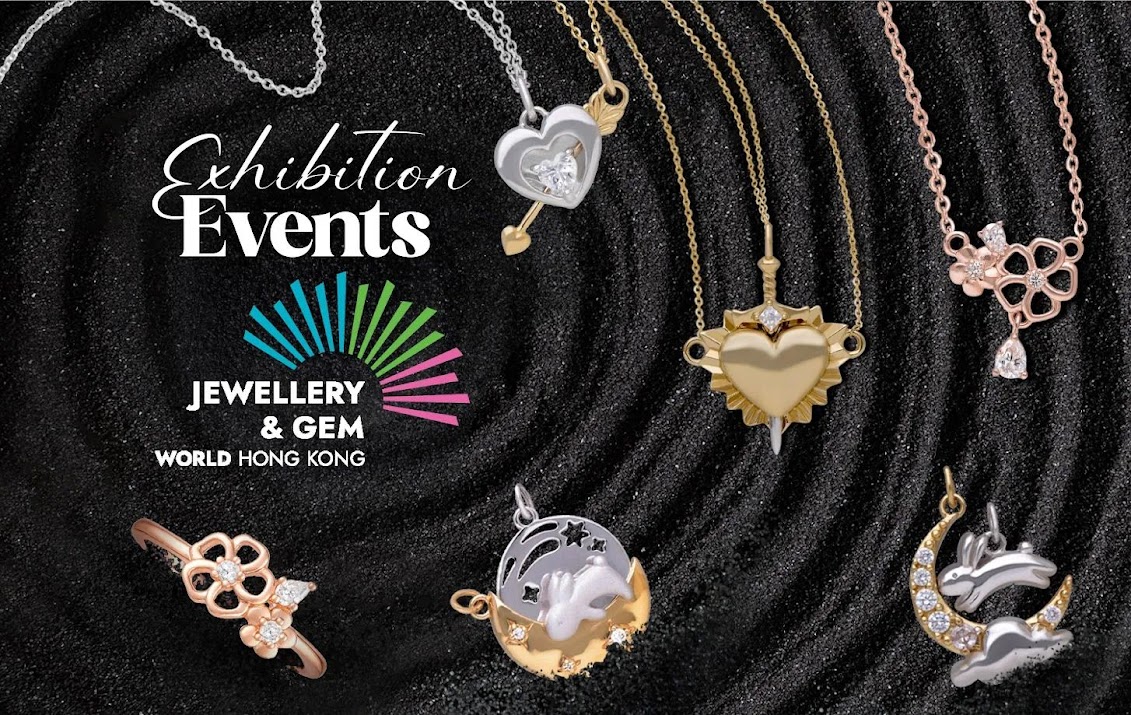Melting silver is a natural process and once you get to know the fundamental principles of the metal’s melting points. Commonly used by many jewelers due to its lower melting point, silver is a great place to start when learning how to melt metal to make more complex jewelry designs, and graduate to more difficult soldering techniques.
The art of melting silver
It’s important to make yourself aware of the melting point of silver because before you start working with it so that you use the right soldering equipment for the job. The best place to start is getting to know the melting point of silver…
What is the melting point of silver?
The melting point of silver will depend on which type of silver you’re working with. Remember that if you’re working with 925 sterling silver, this will have a lower melting point than 999 fine silver, just due to its composition.
Use our table below to find out the melting points of the most commonly used types of silver:
| Kind of Silver | Melting Point |
| 925 Sterling Silver | 890°C |
| Britannia Silver | 940°C |
| 999 Fine Silver | 961°C |
Different ways to work with silver
It’s worth noting that for the most part you won’t be completely melting pieces of a silver sheet to create new pieces of jewelry. Instead, you’ll be soldering small pieces of silver together or soldering findings to your metal. That’s why it’s a good idea to get a clear picture of some of the different technical terms associated with heating metal for soldering purposes. This will help you understand what signs to look out for when heating silver with a hand torch.
Here are just a few of those terms you’ll soon get to know throughout your silver heating process:
Annealing
This is when metal is heated to soften its structure. As silver is worked with, the particles of the metal become compacted, making it much less malleable and more challenging to work with. By annealing the silver (heating it until it glows a dull cherry red color), you can relax the structure of the metal making it easier to work with once again specifically.
Fire Stain
Fire stain is the oxidization of the copper content found in sterling silver and occurs when the metal is heated. It stains is usually a faint dark shadow on the surface of the silver so can only be removed by repeated buffing. If the fire stain is not removed during buffing, it will show up when you come to polish your piece.
Quenching
Quenching refers to the process of cooling your silver once it’s been heated. Once you’ve removed the piece of metal from the heat, it can then be quenched by just dropping it into a bowl of water. Quenching usually follows a soldering or annealing process.
Soldering
Soldering is when two pieces of metal are joined together by using solder, flux and heating the metal with a hand torch. It’s essential to use solder because it has a lower melting temperature than the silver you’d be working with. In other words, the solder will melt away before the piece of silver securing a finding or another part to the existing section without damaging it or causing it to melt along with the solder.
Silver solder
Silver solder is used to create a bond between two pieces or ends of sterling silver. There are four different types of silver solder: hard, medium, comfortable, and extra smooth. Each kind of solder has a different melting temperature. So that you can choose the appropriate solder for each stage in the soldering process. The idea is that each type of solder is to be used in sequence with the highest melting temperature used first (hard).
Now you know the basics of melting silver and the jargon that comes along with it. You’ll soon be ready to learn how to solder metal and create more intricate trendy sterling silver pieces.
Tell us what do you think about this article. Just comment down below.
P.S. Royi Sal Jewelry, as a decades-long leader in silver jewelry design and manufacturing, invites you to download our latest magazine here and profit from the exceptional or best-seller jewelry designs in affordable prices for 2019 you will find in the magazine.
Click here to download it now.
Share this post





Sin duda en el articulo he encontrado unos buenos consejos. Gracias